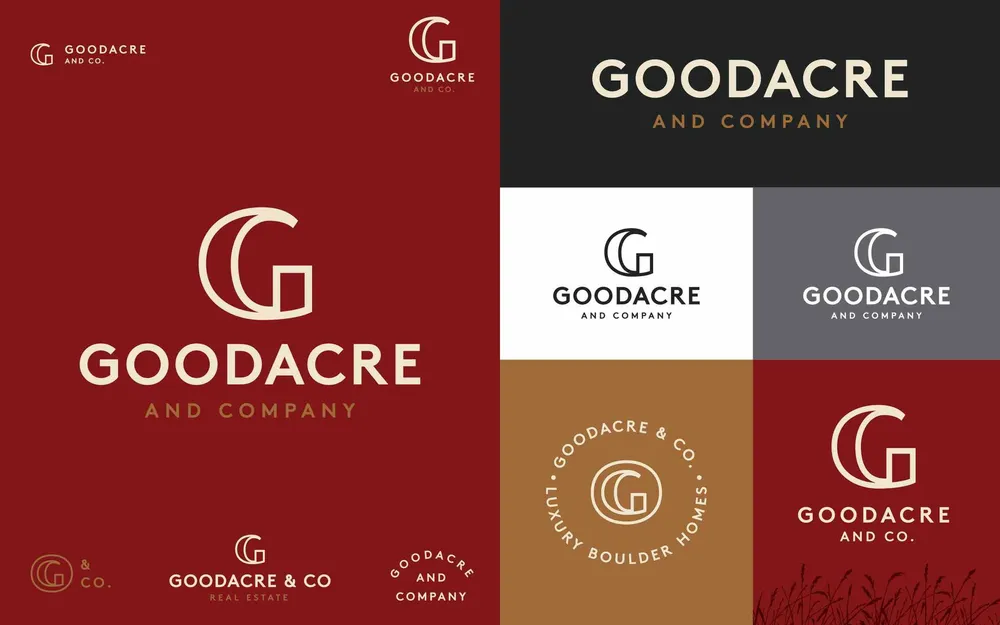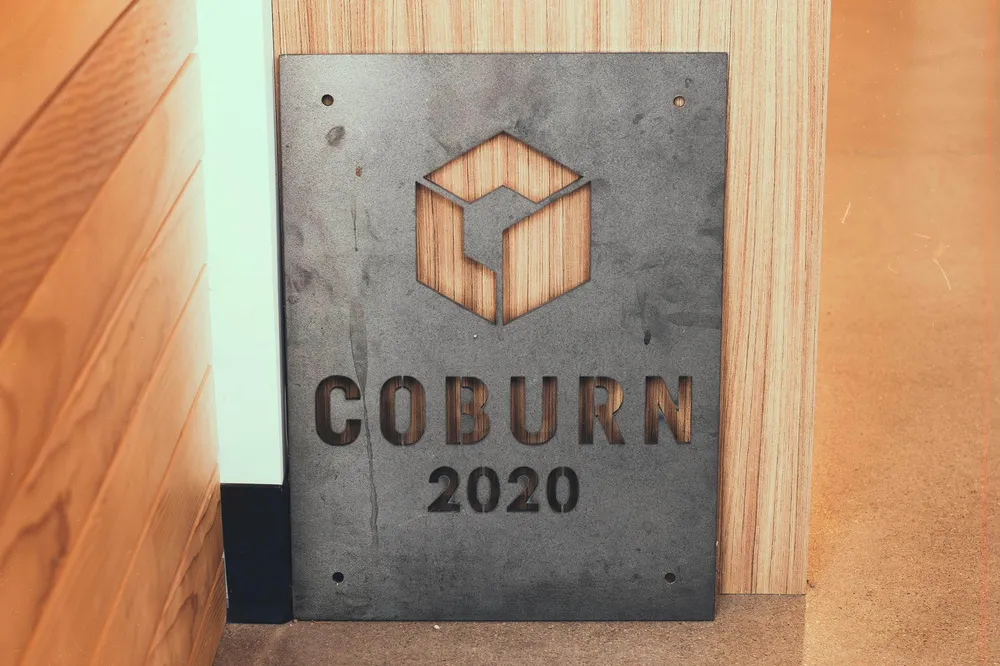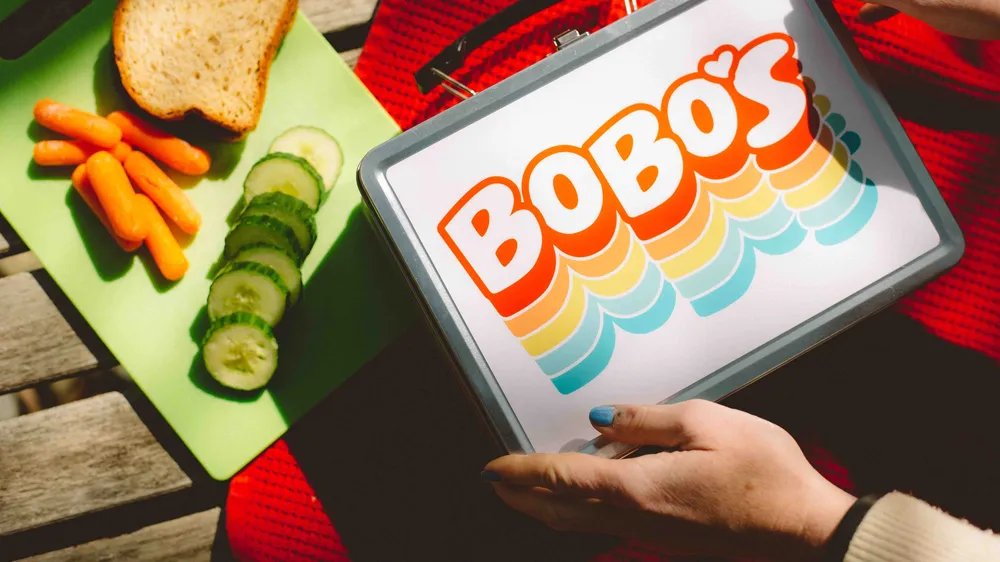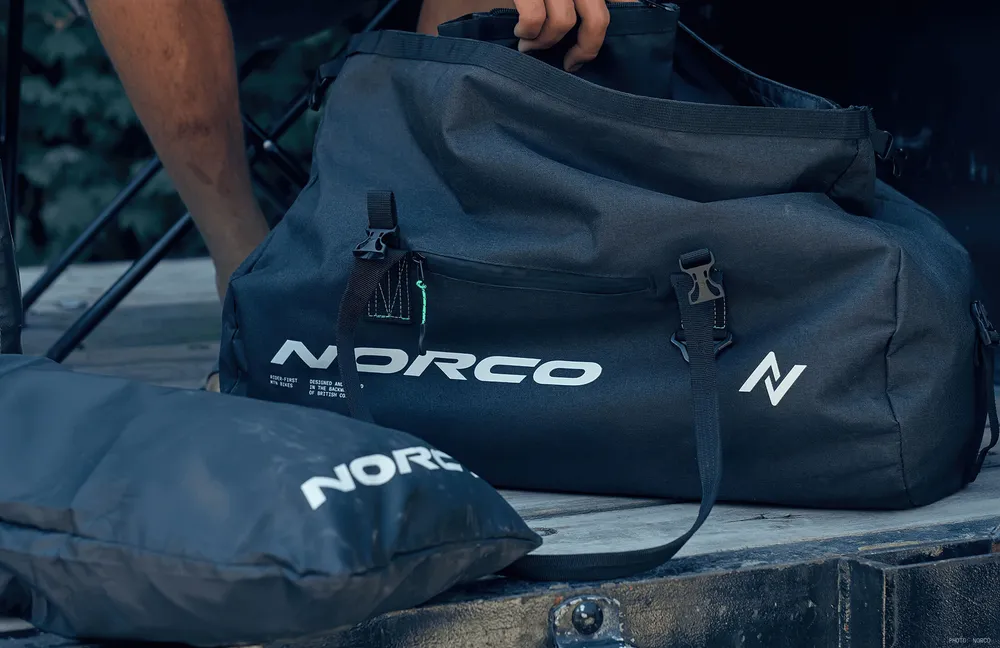Comprehensive rebranding strategy & services

Our rebranding process
Our designers and branding experts transform your brand into something that resonates with your target demographic:
Starting price:
$10,000
This package offers essential rebranding services to give your brand a fresh look and feel. Perfect for small businesses or startups seeking a cost-effective solution to revamp their brand identity.
Project timeline: 4 weeks
Package includes:
Brand overview
1 mood board direction
1 rebrand concept
2 mockups
1 revision round
Final brand sheet
Starting price:
$15,000
This package is tailored for businesses aiming to elevate their brand and make a significant impact. Ideal for businesses looking to refresh their image and stand out in a competitive market.
Project timeline: 6 weeks
Package includes:
Brand strategy
2 mood board directions
2 rebrand concepts
3 mockups
2 revision rounds
Final brand guide
Starting price:
$20,000
This package offers a complete overhaul for your brand identity, designed to captivate audiences and solidify your market presence. Tailored for established businesses seeking a comprehensive rebranding strategy to align with their long-term goals and aspirations.
Project timeline: 8 weeks
Package includes:
Brand audit
3 mood board directions
3 rebrand concepts
5 mockups
3 revision rounds
Final brand book
The result
Our rebranding process aligns your corporate identity, business strategy, and business goals, translating into deeper customer engagement and increased business growth.
Discover how Anthem Branding can help with rebranding.

How do you know when it’s time for a rebrand?






Why choose Anthem Branding?
Strategic differentiation:
Our tailored approach ensures your brand stands out in a crowded marketplace.
Meaningful services:
We go beyond aesthetics to create brands with purpose and resonance.
Proven results:
See how our past clients have transformed their brands with Anthem.
Rebranding examples
Industries we serve
Our customers
Here are some clients we’ve helped with brand identity and other branding services.




Watch: The Power of a Brand Refresh: Sobo Homes
What our customers are saying
Anthem didn’t just create a new brand for us; they understood who we are and what we stand for. Our rebranding journey with Anthem was transformative, and the results speak for themselves.
Everything you need to know: rebranding
Why is rebranding important?
Rebranding helps businesses stay competitive and relevant. Here’s why rebranding is important:
- Companies use rebranding to refresh their image, ensuring they remain modern and continue to resonate with current and potential customers.
- A successful rebrand can help a company stand out from competitors, potentially increasing its market share.
- Rebranding can boost customer engagement, creating stronger connections with loyal customers and attracting new ones.
- It can signal a shift in business strategy or a repositioning in the market.
- If previous marketing efforts have caused negative connotations or a drop in performance, rebranding can help repair a brand’s image.
- Rebranding can also be a key part of a business’s growth strategy, aiming to enhance visibility and appeal to a wider audience.
Rebranding goes beyond just updating a logo or designing new packaging; it involves a comprehensive strategy that encompasses visual, corporate, and verbal identity to establish a cohesive and impactful brand presence that drives success.
Types of rebranding
A rebrand isn’t a one-size-fits-all business solution. It’s a good idea to understand the different types and depths of rebranding strategies to pick the one that’s best for your business:
- Partial rebrand (brand refresh): updates visual elements such as logo design, color palette, and marketing materials to modernize the brand and maintain relevance with current and potential customers without altering the core brand values.
- Full rebrand: involves a complete overhaul of the brand’s identity, including brand strategy, visual identity, and verbal identity. It might even involve renaming the brand. A full rebrand is best when a company significantly changes direction or product offerings; it is also used when a company needs to recover from negative market perceptions.
- Brand merger: occurs when two companies merge or one acquires another, necessitating a unified brand identity that reflects the combined strengths and market positioning of both entities.
- Niche rebrand: narrows a brand’s target audience to specialize in a particular area, distinguishing itself from competitors and establishing expertise.
- Repositioning rebrand: involves altering the brand strategy and marketing strategies to shift how the brand is viewed in the competitive market, often to tap into new customer bases or refresh the brand’s market positioning.
Product or service expansion rebrand: expands the brand identity kit to include new products or services. This is often used when a company extends in a new direction and requires tactful identity expansion.
Rebranding checklist
Before talking to a branding agency, it’s a good idea to have a clear picture of what your business is and where you want it to go. Here’s a handy checklist of important questions to ask:
- Why are we rebranding? Make sure the goals and timing of your rebrand are clearly defined and justifiable.
- Who are we? Determine what qualities define your current brand and how consumers perceive you.
- Where do we want to be in a couple of years? Define the metrics that will be used to prove your rebranding success.
- Who is our audience? Beyond thinking about how customers perceive your brand, collect information on who your customers actually are to align rebranding projects with your customer base.
- Who are our competitors? Use market research to understand your competitors: who they are, where you stand in relation to them, and what they do that you don’t.
- What do we want to change? Determine the specific branding elements you’d like to change (logo, typography, style guide, color palette, ect.).
It’s a good idea to have rough answers to these questions before beginning a rebrand, but if you’re stuck, no worries: we’ll help you fill in all the details, guide you through the process, and make sure you know what to do after rebranding.
If you’re ready for a rebrand, we’re ready too. Get in touch with us, and let’s get creative.
What should be avoided during a rebrand?
Certain pitfalls can undermine the rebranding efforts. When it’s time for a rebrand, don’t do these:
- Ignore customer feedback. If you fail to consider the consumer insights and preferences of your current customer base, it can lead to a rebrand that doesn’t resonate.
- Apply inconsistent branding. Not applying the new brand identity uniformly across all marketing materials and digital products can confuse customers and dilute the brand’s impact.
- Neglect internal communication. Mixed messages and a lack of cohesion can result when organizations fail to properly rally their marketing team behind a rebrand.
- Overlook digital strategy. Not integrating the rebrand into your digital strategy can result in missed opportunities for customer engagement and business growth.
- Rush the launch. A good rebrand requires time and understanding. A rushed launch can lead to lackluster reception and poor customer understanding.
- Forget to update collateral. Don’t forget about updating business cards, brochures, and other branding elements with the updated visual identity or you’ll end up projecting a mixed brand message.
If you’re considering a rebrand, let Anthem Branding guide you through the process. We’ll help you avoid the above pitfalls and release an awesome rebrand that will wow your target audience and enhance the customer experience.
When is it a good idea to rebrand?
Here are key indicators that suggest it might be time for a rebrand:
- Your offering has changed
- Your audience has shifted
- You look like your competitors
- You’re attracting the wrong customers
- Your branding is outdated
- You’ve undergone a merger or acquisition
- You want a market reposition
- Your business model or vision has shifted
- Your legal context has changed
Why is rebranding expensive?
Rebranding agencies can be costly since they offer specialized expertise in brand strategy, design, and marketing. The rebranding process is comprehensive, often including extensive research, strategy development, visual identity creation, and the production of marketing collateral.
Complexity also drives up the cost of rebranding services, as larger and more intricate organizations require more in-depth research and a greater number of deliverables. Indirect costs, such as lost productivity and the need to discount inventory during the transition, further contribute to the overall expense.
Businesses that undergo successful rebranding generally see increased brand awareness, market share, process optimization, and profit.
What are the 3 factors of good packaging design?
The 3 main factors that make for effective packaging design are as follows:
- Visual appeal: packaging should attract attention, be aesthetically pleasing and memorable for the consumer. We use color, imagery, shapes and materials that align with your brand identity so that your packaging serves as an effective mobile advertisement.
- Functionality: packaging has a functional purpose of safely containing, transporting and providing access to the product inside.
- Communication: packaging communicates details, features, and benefits of your product. Well-integrated typography, labeling, messaging and graphic design serve to educate consumers on what the product is and why they should purchase it.
If packaging nails visual magnetism, practical functionality, and clear communication synced with your brand story, customers are much more likely to purchase. The triangle of great aesthetics, usability and educating the consumer are the three essential legs that our packaging design service stands on.
What is brand identity design?
Brand identity design is the process of creating cohesive visual assets that represent your brand’s character and establish visual recognition in the mind of your customer or consumer. It involves strategically developing and designing visual components such as your logo, color palette, typography, imagery, iconography, and other graphical elements that express the personality of your brand.
Our goal is to have these visual assets reinforce the desired brand image at every touchpoint across your company’s marketing and communications. Effective brand identity design is what establishes visual familiarity, differentiation, recall and ultimately loyalty between consumers and your brand over time.

















